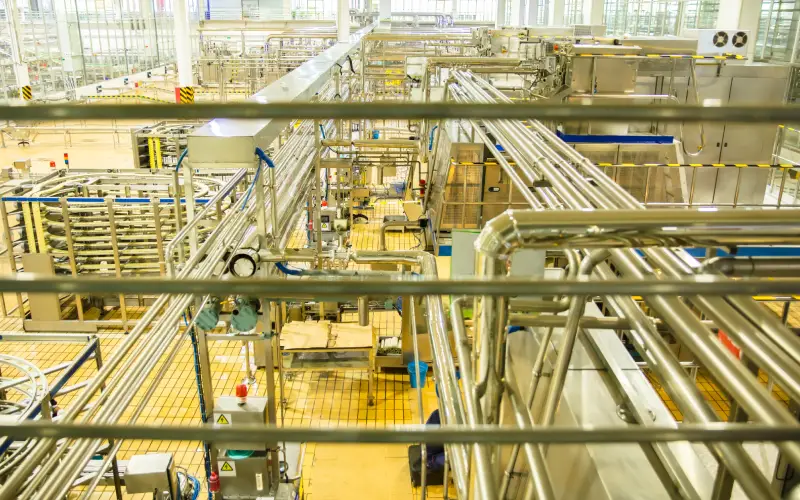In the food industry, it is crucial to prioritize product safety and quality. Aseptic processing is used to achieve this. It is a technique to be considered for its many advantages. Below, we will explore in depth this process and the key steps involved in it.
In the United States, stringent regulations are in place to ensure food safety. Companies operating in this sector must adhere to Food and Drug Administration (FDA) regulations to market their products in the United States.
These requirements include aspects such as (FDA, 2023):
- Correct labeling of products.
- Inclusion of nutritional information.
- Identification of allergens.
- Complete description of ingredients used.
In addition, manufacturers must package products safely and appropriately to prevent contamination and spoilage
Aseptic processing: minimum standards
This process is performed by the industry to keep products sterile and free of harmful microorganisms during production and packaging (Chavan et al., 2016). Typical sterilization operations comprise methods of these types:
- Chemical.
- Thermal.
- Radiation.
Aseptic processing: basic stages of this type of food packaging
For both perishable food and functional food, the following are the general steps to follow:
- Before packaging, the food undergoes preparation and sterilization.
- There are various methods used to sterilize the packaging material. For example:
- Steam.
- Hydrogen peroxide.
- Combination of the above.
- Then, the sterilized food product is introduced into the sterilized packaging material in an environment free of microorganisms.
- To avoid any potential contamination, producers hermetically seal the filled containers.
- After sealing, they cool the containers to room temperature before distribution.
An essential aspect to mention is the importance of washing food beforehand. Also, the use of food technology, which lightens every operation.
Benefits of the process
Here are some of the significant advantages of aseptic processing focus on food safety and preservation of food quality according to The Food Tech (2023):
- Respect the nutritional characteristics and those associated with the organoleptic characteristics of food. Avoids changes in flavor and a bad mouthfeel.
- Facilitates access to natural foods without the need for chemical preservatives.
- Food is sterile and safe for human consumption.
- Unlike other methods, containers are not heated, reducing the risk of migration of undesirable substances.
Recommendations to take into account
To achieve the required conditions in the aseptic processing, it is fundamental to:
- Sterilize both the equipment that will come into contact with the product and the surrounding environment.
- Have a container that prevents the entry of microorganisms once it is sealed during storage and distribution.
- Instruct personnel in proper cleaning and disinfection practices.
In summary, aseptic processing is decisive in maintaining food quality and ensuring food safety. We invite you to consider everything seen in this article for food production and to recognize its importance in your industry.
Bibliographic References
- Chavan, R., Ansari, M., & Bhatt, S. (2016). Packaging: Aseptic Filling. En B. Caballero, P. Finglas, & F. Toldrá, Encyclopedia of Food and Health (págs. 191-198).
- FDA. (06 de 07 de 2023). Food ingredients and packaging. FDA.
- The Food Tech. (29 de 03 de 2023). This is how aseptic packaging contributes to food preservation. The Food Tech.





